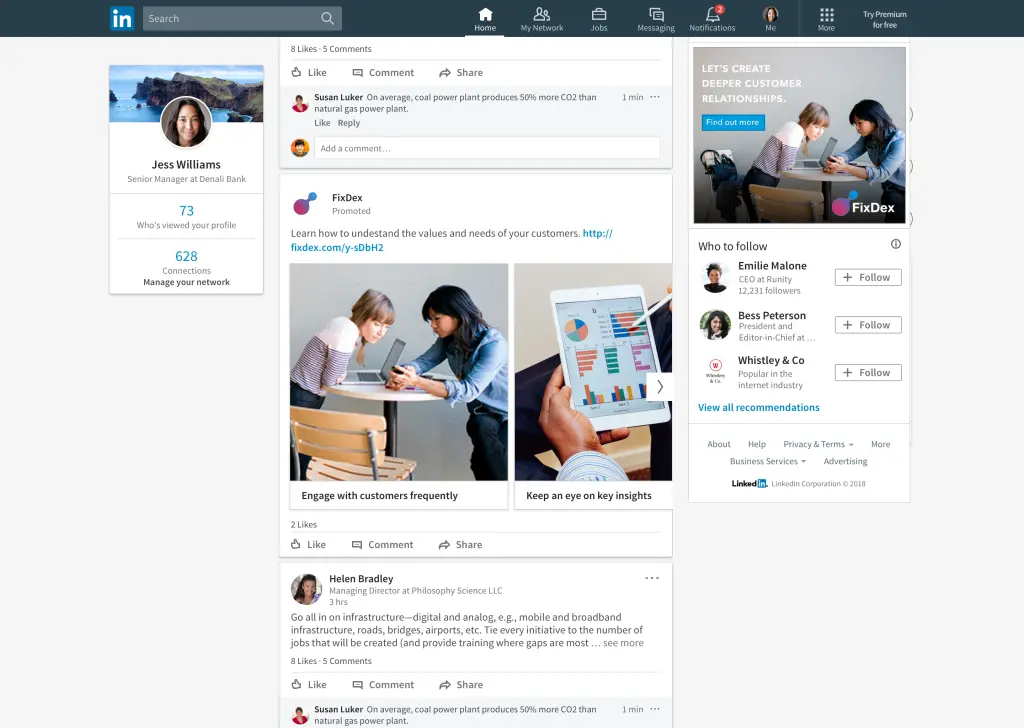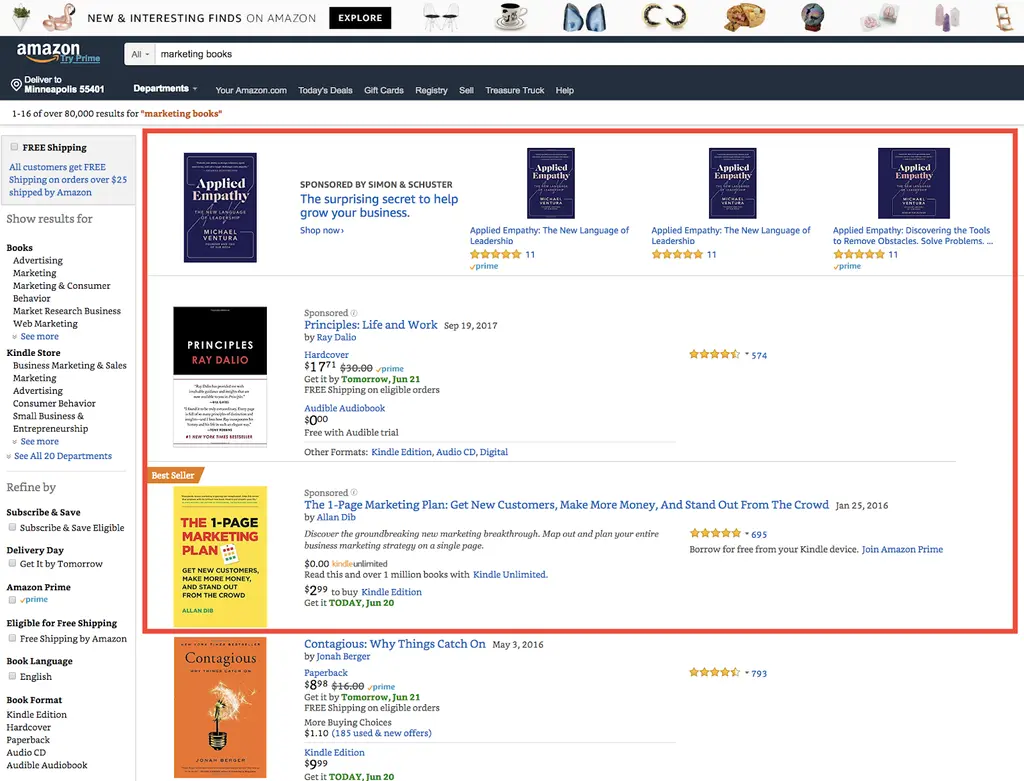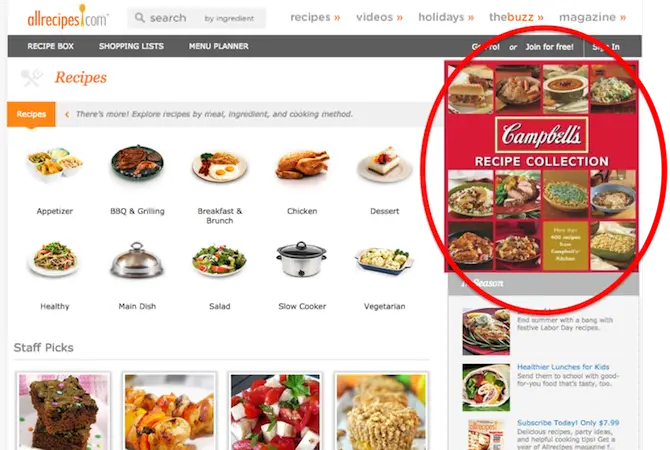
Vlad Yudkin
January 22, 2024
Unveiling the Power of Native Ads: Enhancing User Engagement and Advertiser Success
In the dynamic world of digital advertising, native ads have emerged as a game-changing format, seamlessly integrating into the user experience and offering a plethora of benefits for both advertisers and consumers. Let's explore what native ads are and what are their advantages over other ad formats.
Understanding Native Advertising
Native ads are a form of online advertising that matches the look, feel, and function of the platform on which they appear. Unlike traditional banner ads or pop-ups, native ads blend harmoniously with the surrounding content, making them appear less intrusive and more engaging to users. These advertisements are designed to mimic the editorial style of the platform, ensuring a natural and non-disruptive user experience.

Advantages of Native Advertising
- Enhanced User Experience. Native ads seamlessly integrate with the user interface, avoiding disruptions and creating a more enjoyable browsing experience. Users are more likely to engage with content that feels organic, leading to increased user satisfaction and trust.
- Higher Engagement Rates. Due to their non-intrusive nature, native ads often achieve higher click-through rates (CTRs) and user engagement. By blending in with the platform's content, users are more likely to interact with native ads, leading to improved conversion rates for advertisers.
- Improved Brand Perception. Native ads allow brands to tell their story compellingly and authentically. By aligning with the platform's style and tone, these ads enhance brand perception and credibility, fostering a positive relationship with the audience.
- Greater Visibility and Relevance. Native ads are strategically placed within the context of relevant content, ensuring that they are seen by users who are already interested in similar topics. This targeted approach enhances the ad's relevance, leading to better audience targeting and engagement.
- Increased Ad Blocking Resistance. As native ads blend seamlessly with the platform's content, they are less likely to be blocked by ad-blocking software. This ensures that the message reaches the intended audience without being hindered by ad blockers.

Types of Native Advertising
Native advertising comes in various formats, each designed to seamlessly blend into the platform where they appear. Here are some common types of native ads:
In-Feed Ads
These ads appear within a platform's feed or content stream, such as social media feeds or news websites. They match the visual design and content of the surrounding organic posts, providing a non-disruptive user experience.
Paid Search Ads
These ads appear at the top of search engine results pages (SERPs) based on specific keywords. They look similar to organic search results, making them a native part of the search experience.
Recommendation Widgets
These widgets display recommended content at the end of articles or web pages. They often have titles like "You may also like" or "Recommended for you" and contain links to sponsored articles or related content.
Promoted Listings
Common in e-commerce platforms, promoted listings are products or services shown at the top of search results within the platform. They match the style of other product listings, integrating seamlessly into the user's shopping experience.
In-Ad with Native Element Units
These are display ads that include elements of native advertising, such as sponsored content or related articles. They appear as banners or boxes on websites and often contain articles, videos, or interactive elements.
Branded Content
Branded content involves creating articles, videos, or other forms of content that are sponsored by a brand and published on a platform. While clearly labeled as sponsored, the content matches the platform's style and engages the audience with relevant, informative, or entertaining material.
Social Media Ads
Native ads on sNative ads on social media platforms like Facebook, Instagram, Twitter, and LinkedIn appear in users' feeds. They can include images, videos, carousels, or interactive elements, blending seamlessly with the organic content shared by users.
Custom Ads
Some native ads are customized to fit specific platforms or websites. They do not follow a standard template and are designed to match the look and feel of the hosting site, ensuring a high level of integration.
Sponsored Content on Publishers' Websites
Sponsored articles, videos, or blog posts that appear on publishers' websites and are created by advertisers. These pieces are marked as sponsored but are written in a style consistent with the publisher's content, providing value to the audience.
Interactive Ads
Interactive native ads engage users with interactive elements like quizzes, polls, games, or calculators. These ads encourage active participation, enhancing user engagement and making the ad experience more enjoyable.
Each type of native ad offers unique advantages, allowing advertisers to choose the format that best aligns with their marketing goals and the preferences of their target audience.
How to Create an Effective Native Ad
Creating a good native ad involves blending seamlessly with the platform where it appears, while providing value to the audience. Here are some tips for creating an effective native ad:
- Understand Your Audience. Research your target audience thoroughly. Understand their preferences, interests, and the platforms they use. Tailor your ad to match their expectations and behaviors.
- Blend In Seamlessly. Make sure your ad matches the look, feel, and style of the platform it's on. Use the same fonts, colors, and overall design aesthetics to blend in seamlessly.
- Provide Value. Offer valuable content or information. Solve a problem, provide entertainment, or educate your audience. When people find value, they are more likely to engage with the ad and remember the brand.
- Tell a Story. Use storytelling techniques to evoke emotions and connect with your audience. A compelling narrative can leave a lasting impression and make your ad more memorable.
- Keep it Simple. Native ads should be concise and to the point. Avoid jargon and complex language. Focus on a clear message that can be quickly understood.
- Create High-Quality Content. Invest in high-quality images, videos, and copywriting. Poorly designed or low-quality content can reflect negatively on your brand.
- Disclose Clearly. Be transparent that your content is sponsored. Transparency builds trust, and it’s also a legal requirement in many places. Clearly label your content as “sponsored” or “promoted.”
- Mobile-Friendly Design. Ensure your ad is responsive and looks good on various devices, especially smartphones and tablets. Most internet users access content on mobile devices.
- A/B Testing. Test different ad formats, headlines, images, and CTAs to see what works best for your audience. A/B testing helps you refine your approach and optimize your ad's performance.
- Call-to-Action (CTA). Have a clear and compelling CTA. Whether it's to visit a website, make a purchase, or sign up for a newsletter, guide your audience on what action to take next.
- Monitor and Analyze. Use analytics to track the performance of your native ad. Monitor engagement, click-through rates, and conversion rates. Analyze the data to understand what works and refine your strategy accordingly.
- Compliance and Ethical Considerations. Ensure your native ad complies with all relevant laws and regulations. Also, be ethically responsible – avoid clickbait and misleading tactics.
Remember, the key to a successful native ad is to provide value, engage your audience authentically, and create a positive user experience. Tailor your approach based on the specific platform and the preferences of your target audience.

Conclusion
In conclusion, native ads have revolutionized the advertising landscape by offering a user-centric, non-disruptive, and engaging format. By understanding the audience, adhering to platform guidelines, focusing on storytelling, optimizing for mobile devices, and continually monitoring performance, advertisers can create impactful native ads that captivate audiences and drive meaningful results. Embracing the power of native advertising can lead to enhanced user engagement, improved brand perception, and ultimately, greater advertising success.
Sources:
10 Native Advertising Examples People Actually Enjoyed Reading
What Is Native Advertising?
What Is Native Advertising? Types, Benefits, and Examples (2024)
What Is Native Advertising? The 6 Universal Types & How To Use Them
Check Out our Native Advertising Examples and Tips for Implementation




